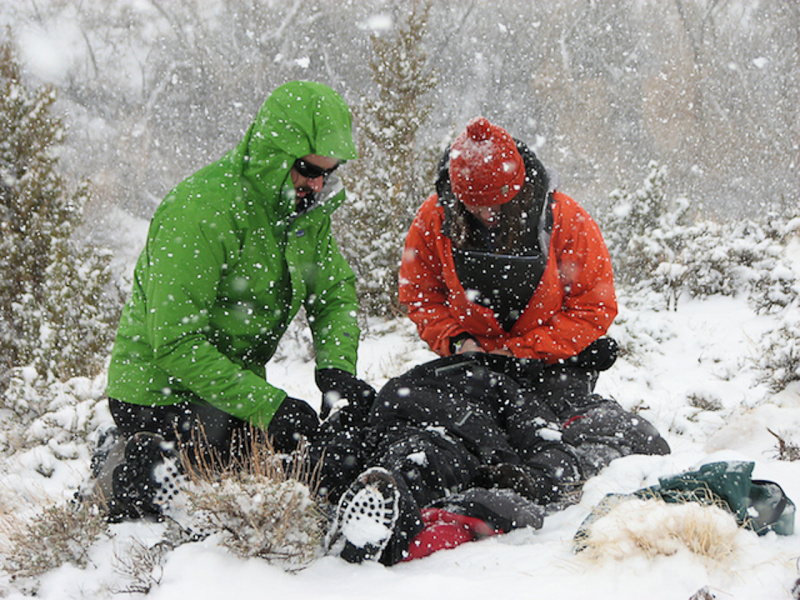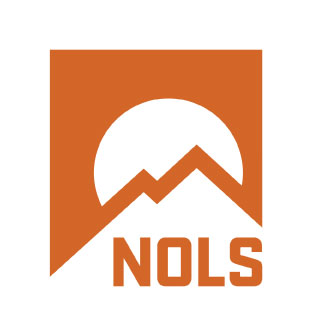By Katie Baum Mettenbrink, NOLS Risk Services Manager
Adapted from Risk Management for Outdoor Leaders, by Drew Leemon, Katie Baum Mettenbrink, and Tod Schimelpfenig
What happens at your organization when a client or staff member gets hurt, or people witness a close call? Is it reported? Does the organization learn from it? Do you try to find out who is to blame?
The way organizations and people respond to incidents—big or small—is a reflection of their risk culture. Culture is the way a group of people think, act, and interact. It reflects what is important to them. Risk management culture describes a group’s attitudes and behavior norms around risk.
Culture is a powerful influence on what happens in an organization, and a sound incident reporting system—one that reflects transparency and emphasizes learning—is a cornerstone of a healthy risk culture.

The Importance of Incident Data
Many people agree that incident data is useful, yet creating and maintaining a system can be challenging. For one, it requires a commitment of organizational resources. Also, in our risk management consulting and training work, we hear that some program staff are advised by attorneys or management that maintaining an incident database may expose organizations to legal liability. In fact, NOLS has found the opposite to be true. When managed properly as part of a risk management system, incident data can provide a verifiable record of risk management performance and can be used successfully to respond to complaints or claims. The benefits of a sound incident reporting system outweigh the concerns of legal exposure.
Incident data is essential for developing evidence-based field practices. It can be used to create a statistical database for analysis, to identify trends, and to predict future problem areas. By gathering data, people no longer need to rely on anecdotal accounts and myths. Instead, risk managers can focus on known and documented problem areas. Organizations can develop a better understanding of which types of incidents and injuries are most common, and in turn, they can modify trainings or policies accordingly.
A reporting system’s effect on culture largely depends on how it is used. In the field of workplace safety science it is commonly understood that people play a role in incidents; humans make mistakes, people are fallible. An effective risk management culture understands this and views human error as one of many possible factors in an incident. A “just,” or fair, risk management culture seeks to understand how people perform within the organization’s risk management systems. It is a culture that holds organizations accountable for the systems they design and for responding to client and staff behaviors fairly and justly.

Accountability Counts
People in a healthy risk management culture should feel that they can report an incident and bring forward information that will contribute, without retribution, to organizational learning. Acknowledging an incident and any resulting harm, whether it was due to an error, a freak accident, or something else, provides an opportunity to learn and improve.
This is accountability—making an account of an incident. It is not blame; seeking blame inhibits accountability. If people think they will be blamed for an incident in a punitive manner, such as losing their job, a reduction in pay or status, or being shamed, they will not come forward with accounts of incidents, and no improvement can be made. In some situations, taking action to dismiss an employee may be an appropriate part of an organization’s response to an incident. Such actions are also part of a just culture, but should come in the context of careful analysis.

SEVEN STEPS TO IMPLEMENTING AN EFFECTIVE INCIDENT REPORTING SYSTEM
-
Design a simple incident report form. A complex form that has too many questions hinders compliance. It takes too much time to fill out and is viewed as burdensome.
-
Define a reportable incident. You probably don’t need to record every scratch and splinter, so define a reportable injury, illness, and near miss. Depending on your program, you may also want to collect behavior incidents.
-
Capture the story. Have a narrative section on the incident report form. Incident narratives are not simple to write. To write them well takes instruction, training and practice. Good narratives are written succinctly, factually, and descriptively and present a clear picture of the event.
-
Collect program day information. Participant data is needed to calculate incident rates. Incident rates are used to measure performance over time. A program day is one person (staff or client) on a trip for one day. The common rate factor is incidents per 1,000 program days.
-
Have accessible data. Design a storage system that allows for easy retrieval. Database software such as FileMaker Pro® or statistical software provides the necessary functionality.
-
Analyze the data. Look for the most frequent incidents and the most severe ones. Search for patterns in factors contributing to incidents. Identify trends in the data, such as changes in incident rates over time or by season or activity.
-
Close the feedback loop. Develop an organizational culture that embraces learning from incidents. Encourage reporting by using the information responsibly. It is better to receive an incident report of a close call that calls into question staff judgment than to not learn of it because staff fear they’ll be penalized. The “heads will roll” approach is not an effective management strategy. Turn the collected incident data around and report to staff so they can see the value of their efforts to fill out the incident report form and have ownership in the process.
About the author:
NOLS Risk Services offers industry-leading risk management expertise through training, consulting, and an annual conference. Katie Baum Mettenbrink currently leads NOLS Risk Services, chairs the annual Wilderness Risk Management Conference (WRMC), and serves on the Accreditation Council of the Association for Experiential Education.
Email: risk_services@nols.edu
Phone: 307.335.2222
